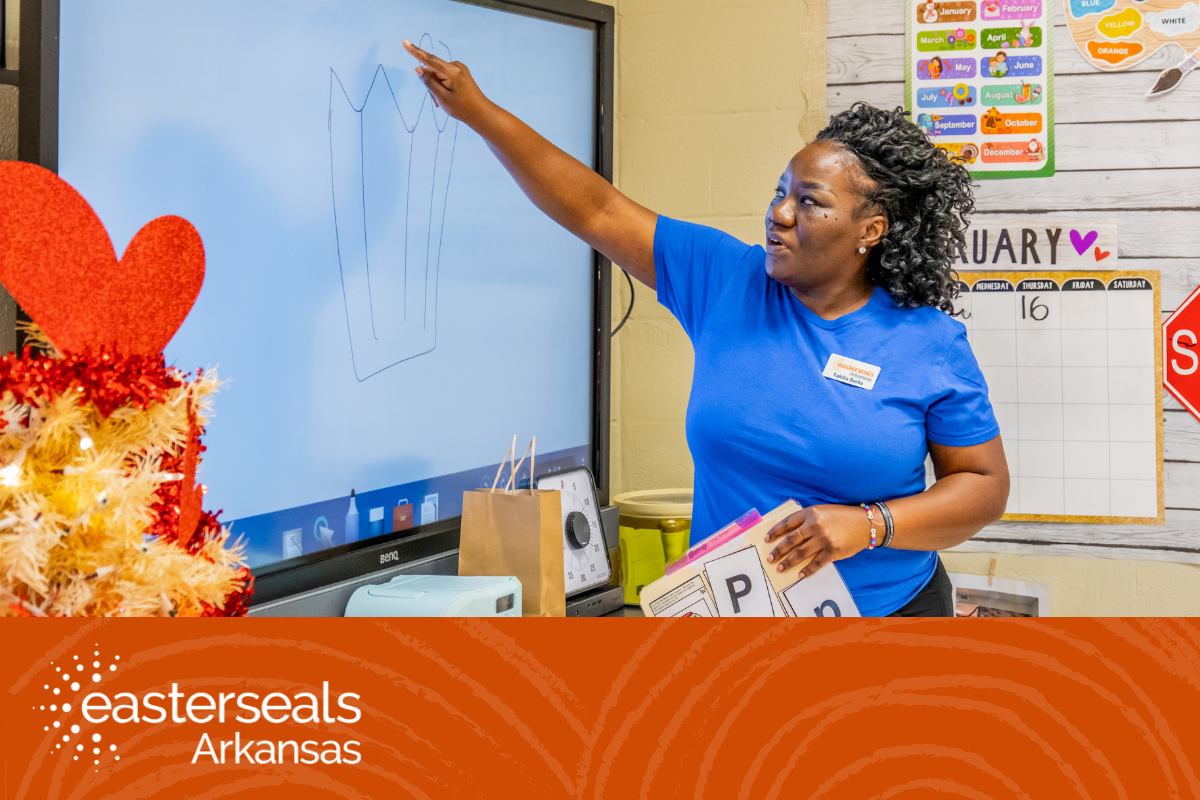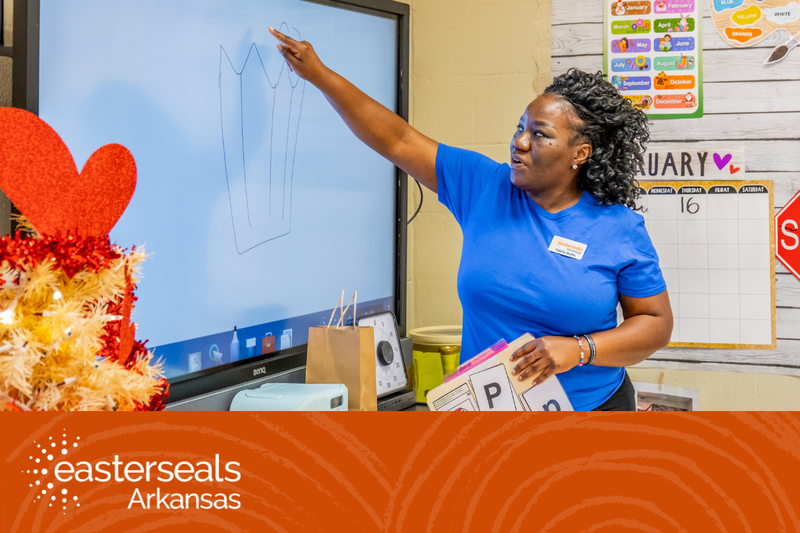
Creating an inclusive classroom for students with intellectual and developmental disabilities, including those with Down syndrome, requires intentional and evidence-based strategies. It’s not simply about including everyone—it’s about ensuring that each student feels genuinely supported, valued, and empowered to succeed. In this guide, you’ll learn how to effectively implement inclusive classroom strategies that promote connection, belonging, and growth for all learners. From cultivating a sense of community to designing adaptable assessments, these practical approaches will help you create an environment where every student can thrive.
Key Takeaways:
- Create an inclusive classroom by building belonging, using names, fostering group discussions, and offering student choice.
- Provide accessible materials via varied formats (videos, text, audio), use UDL principles, and ensure digital access (e.g., readable PDFs, video captions).
- Use multiple assessment forms (projects, presentations) and adapt assessments (extra time, oral tests) to fit individual needs.
- Differentiate instruction through tailored methods, flexible grouping, and collaboration without isolating students.
- Support special needs students by adjusting lessons (extra time, assistive tech) and collaborating with support staff on IEPs.
- Promote inclusivity through clear rules, positive peer interactions, and cooperative learning (group roles, peer tutoring).
- Use adaptive technology like speech-to-text tools, integrating it consistently for everyday classroom tasks.
Creating An Inclusive Learning Environment
Creating an inclusive learning environment means everyone feels they belong and can learn. Here are practical strategies that work.
Fostering a Sense of Belonging
Inclusive classroom strategies focus on creating a learning environment where every student feels valued and connected. Start by getting to know your students—their names, interests, and strengths—to build trust and foster a sense of belonging. Incorporate group activities to encourage interaction and help students form friendships, boosting their comfort and confidence. Class discussions where all voices are encouraged and respected ensure that every student feels heard and included. Offering choice and flexibility, such as letting students select projects or books based on their interests, empowers them and reinforces their sense of value within the classroom. Finally, cultivate a welcoming classroom culture by promoting kindness, respect, and positive reinforcement to make every student feel supported and included.
Making Classroom Materials Accessible
Ensure the classroom resources fit different needs. Use varied materials like videos, texts, and images to reach all learners. Some students may need read-aloud tools, while others benefit from visual aids. If using written materials, provide options on audio formats or larger font sizes. This lets both students with disabilities and those without do their best.
In digital learning environments, offering materials in several formats helps too. Ensure that PDFs are readable by screen readers, and captions are included for videos. Universal Design for Learning (UDL) principles guide teachers to design lessons that work for everyone. You can find more information on assistive technology here.
Inclusive Assessments to Gauge Student Progress
Firstly, assess student growth in ways beyond tests and quizzes. Use multiple forms of assessment like projects, presentations, and journals. This method evaluates a student’s knowledge in ways they can succeed, not just traditional formats. Mock trials, portfolios, and peer reviews allow students to show what they know in creative ways.
Make sure assessments aren't one-size-fits-all. If a student needs extra time or a quiet space, offer it. Some may need oral assessments instead of written ones. The goal is to see their learning, not their test-taking ability.

Effective Inclusive Classroom Strategies
Tailoring Instruction to Diverse Student Needs
Inclusive classroom strategies are essential for tailoring instruction to meet the diverse needs of students. Effective differentiation begins with understanding how each student learns best and adapting lessons to match their strengths. Visual aids, hands-on activities, and offering choices in assignments or reading materials are just a few ways to help all learners feel supported and included. These strategies ensure tasks are both challenging and achievable for every student.
Incorporating special education into general classroom settings is another vital component of inclusive classroom strategies. Adapting lessons for students with special needs—such as adjusting the pace, breaking tasks into smaller steps, or providing regular check-ins—helps integrate and support these learners without isolating them. By focusing on flexibility, feedback, and individual strengths, inclusive classroom strategies create an environment where all students can thrive.
Implementing Flexible Grouping for Differentiation
In an inclusive classroom, flexible grouping can support learners by allowing them to work together in ways that maximize their strengths. By rotating groups or forming them based on the task type, we can create opportunities for students of various abilities to collaborate. Sometimes, it might make sense to group students with similar learning levels, while in other instances, mixed-ability groups can promote peer learning.
Teachers may also rely on group projects or guided discussions where students help each other, learn from different perspectives, and develop social skills. Differentiated instruction methods like these benefit not only those who struggle but also high-achieving students by allowing them to teach and learn in new ways.
Special Needs Inclusive Classroom Strategies
Supporting students with special needs takes careful planning and collaboration. From adapting lessons to working with staff, there are ways to make sure every student gets what they need to succeed.
Adapting Instructional Strategies for Different Disabilities
Inclusive classroom strategies are key when adapting instructional methods for students with different disabilities. The first step is understanding each student’s unique needs, as no single approach works for everyone. For example, students with autism may benefit from visual supports, while those with dyslexia might thrive with tools like audiobooks or text-to-speech software. Simple adjustments—such as providing written instructions, using images, or allowing extra time—can have a significant impact on their learning experience.
These also involve addressing physical accessibility. For students with physical impairments, it’s important to maintain clear pathways and ensure all necessary tools are within reach. Allowing additional time for transitions or incorporating breaks can reduce stress and support their participation. Assistive technology, like voice-to-text software or listening devices, can further enhance engagement and inclusion. By focusing on these strategies, you can create a classroom environment where every student feels supported and empowered.
Collaborating with Support Staff to Meet IEP Goals
An important part of helping students with special needs is also working with support staff. Each student with special needs will have an Individualized Education Program (IEP). This is a legal document that lists specific goals for the student’s learning and how to achieve them. You won’t be expected to write or carry out an IEP alone. Special education teachers, speech therapists, and other professionals are there to assist you. The goal is to work as a team.
Regular meetings with these professionals help everyone stay on track with the student’s progress. Sharing insights from the classroom with the support staff allows everyone to adjust strategies if needed. For example, if a student is struggling with reading tasks even after initial support, the team can suggest other accommodations, like pairing the student with a reading buddy.
You also need to keep an open line of communication with the student’s family. They know their child best, and their input will help you understand what works at home and what strategies could transfer to the classroom. Keep written records of any major changes or adjustments so that everyone stays informed and working toward the same goal.
By teaming up, staying flexible, and individualizing your approach, you can create a great learning environment for all students, including those with special needs.
Inclusive Classroom Management Strategies
Establishing Clear Inclusive Classroom Rules and Expectations
Setting clear and fair rules is key to classroom management for inclusivity. To begin with, students should know what behavior is expected and how they can contribute to a respectful environment. In addition, clear rules create a space where everyone feels valued and safe. For example, inclusive classroom management strategies, like involving students in rule-setting, can motivate students to follow the guidelines. As a result, they know their voice matters, which, in turn, boosts engagement. Ultimately, these strategies help foster a positive and inclusive classroom atmosphere.. When students know what to expect, they feel more comfortable participating, and the entire class benefits from reduced confusion and conflict.
One effective way to maintain clarity and fairness is by displaying the rules in multiple formats. Use visuals and simple language to ensure all students understand. You can also offer verbal reminders to reinforce the rules. It’s crucial that the rules promote diversity and respect, so statements emphasizing kindness, listening, and flexibility are important for fostering inclusion.
Encouraging Positive Peer Interactions
A classroom thrives on positive student interactions. These relationships promote diversity in classroom settings because students from different backgrounds learn to appreciate and understand one another. Encourage activities that get students to work together, like group discussions or partnerships. For example, “peer praise” exercises—where students give compliments to each other—can build trust and community.
It’s important to model respectful interactions as the teacher. When conflicts arise between students, don’t just call it out; use it as a learning moment. Guide them to talk through their disagreements and understand each other’s perspectives. Direct interaction can dissolve biases or assumptions, making the classroom a more welcoming environment for everyone.
You may want to use structured activities that show students how to listen better and collaborate respectfully. Techniques like structured turn-taking ensure every voice is heard. This turns inclusivity from an idea into everyday practice. By routinely encouraging responsible peer engagement, you create pathways for every student to feel like they truly belong.
Applying Cooperative Learning Techniques
Group Work Strategies for Mixed-Ability Classrooms
In a classroom with students of different abilities, group work can be a powerful tool. It helps everyone learn by using what each student does well. To make group work fair and helpful, try creating small groups that mix skills. For example, pairing students with different strengths means they can help each other. You might choose to design tasks that can be broken into parts so that everyone contributes, regardless of skill level. Measuring success by how well the group works together — not just individual work — promotes teamwork and shared responsibility. It’s also important to set guidelines for respectful interaction, encouraging students to listen to one another.
Designating tasks for students is one of the more subtle but effective inclusive classroom strategies. When roles are clearly assigned, group work can become more meaningful. You could assign roles like note-taker, time-keeper, or presenter, making sure each role matches the particular student’s strengths. By rotating roles, all students get the chance to experience new responsibilities. This shifts the focus from individual accomplishment to group cooperation, allowing struggling learners to gain confidence through group support. It’s a win-win, as everyone benefits from working together, and students learn that they have valuable contributions to offer.
Using Peer Tutors to Enhance Inclusivity
Peer tutoring is another excellent strategy that embraces inclusivity. By allowing students to teach each other, you permit learners to connect in ways they couldn’t during regular teacher-student instruction. For example, a student who understands the material can help a student who is struggling. This gives the tutoring student a chance to deepen their own understanding while giving the struggling student extra help. Both students gain confidence from the experience.
One way to introduce peer tutoring is by rotating partners within the classroom. This helps make clear that everyone has strengths they can share. Be sure to monitor the sessions carefully to ensure they remain positive and safe for all students. Sometimes, assigning students to reflect on their tutoring experience can help them see how much they've learned — both academically and socially. When students feel they can rely on one another for support, a sense of community and belonging is strengthened.
Adaptive Technology & Inclusive Classroom Strategies
Adaptive technology is a crucial tool in inclusive classrooms. It helps bridge gaps for students who face learning challenges. Whether we talk about physical disabilities or learning issues, adaptive technology ensures everyone can participate fully. So, selecting the right tools matters a lot.
Selecting the Right Assistive Technology Tools
When choosing assistive technology, you'll want to think about each student's needs. Some may benefit from speech-to-text tools, while others may excel with screen readers. Make sure the tools are easy to use and support the student's learning style. Resources like tablets with text magnifiers or specialized keyboards can change how a student learns. You should also consider consulting a specialist to find the best option for the specific learning challenges. Yale offers a resource on teaching workshops for those seeking more information.
Integrating Adaptive Technology Into Daily Lessons
Once you’ve got the right tools, the next step is to use them consistently in everyday lessons. Start small by including tools in reading or writing tasks. Gradually, you can expand their use for group projects or presentations. This practice makes sure that technology doesn’t feel separate from learning but becomes part of how students succeed daily. Collaboration is key; work with your school's IT support team to train both students and teachers. Keep in mind that adaptive technology is most helpful when integrated, not just added as an extra.
Creating an inclusive learning environment means making sure every student feels valued, understood, and supported. From fostering belonging and adapting materials to using flexible assessments and cooperative learning, inclusivity touches all aspects of the classroom. The goal is to meet diverse needs while promoting engagement and growth. By using adaptive technology, clear classroom rules, and thoughtful differentiation, you can equip students with special needs to thrive. Embrace these strategies and give every learner the chance to succeed—because diversity strengthens education for everyone.
Let Easterseals Arkansas Guide the Way
Looking for more tips and resources to create an inclusive classroom? Visit Easterseals Arkansas online for expert guidance, tools, and strategies to support all learners. Together, we can make every classroom a place where every student feels valued and empowered.
